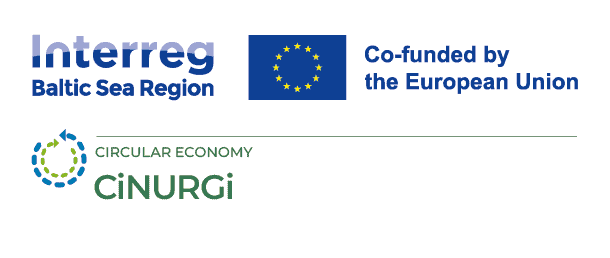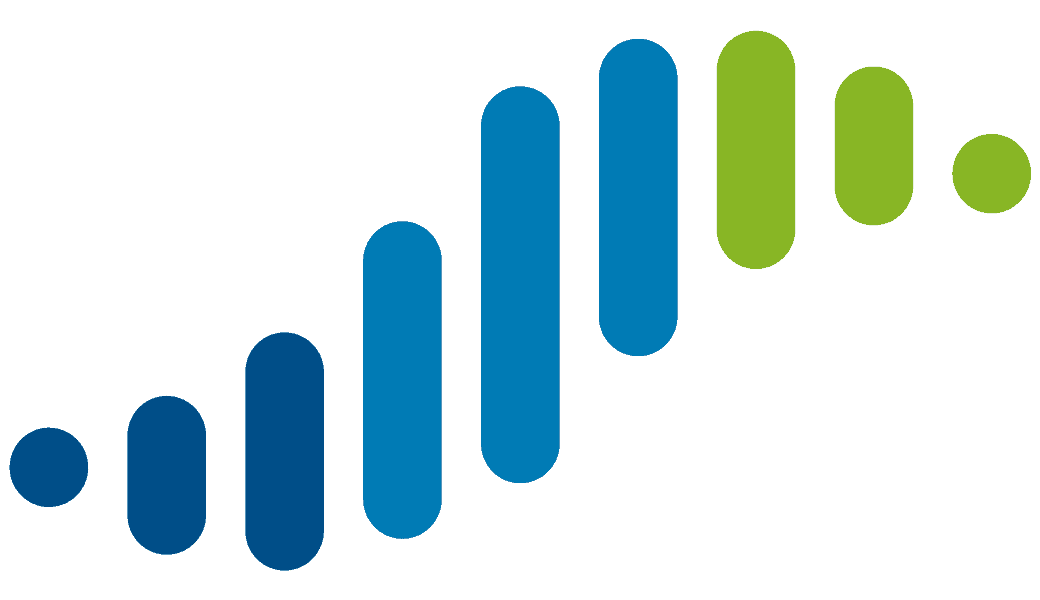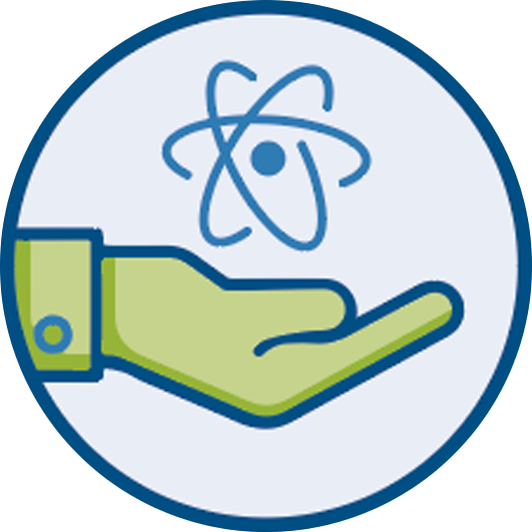
From CiNURGi onwards – Building on Synergies for Circular Nutrient Systems
23 April 2025
A detailed take on the timeline of Baltic Sea Region agricultural research projects can be found by Kuka et al. in the latest edition of Baltic Rim Economies. The text reads as a historiography of circular economic research on sustainable nutrient management in the region since the conception of the Baltic Sea Action Plan in 2007.
Looking to the future, FERTITEC, a Horizon Europe Coordination and Support Action (CSA), is one of several ongoing initiatives working to scale and operationalise aspects of circular nutrient recovery across Europe and Africa. While FERTITEC is an independent project, it benefits from prior work carried out in CiNURGi—particularly through shared coordination by RISE and the strategic alignment of certain themes, such as nutrient reuse, regional governance, and stakeholder engagement.
“Although CiNURGi and FERTITEC are separate projects, there are opportunities for knowledge sharing. Insights and methodologies developed in CiNURGi—especially on regional nutrient flows, stakeholder platforms, and cross-sector collaboration—can offer useful input for FERTITEC’s work on fertiliser recovery from secondary raw materials using best available techniques,” note Cheryl Cordeiro and Erik Sindhöj at RISE, who are Lead Coordinators in both projects.
Elements such as regional governance models, nutrient symbiosis strategies, and engagement tools from CiNURGi may support the broader ecosystem in which FERTITEC operates, including its Knowledge Exchange Platform (KEP) and policy dialogue on sustainable fertilising practices. In particular, CiNURGi’s data and operational approaches may inform discussions within FERTITEC on certification, safety, and stakeholder best practices, even if not formally embedded within the FERTITEC work plan.
“Rather than duplicate work, our goal is to support complementarity. Where appropriate, FERTITEC may reference or build upon transferable aspects of CiNURGi, particularly where it aligns with circular economy goals and nutrient stewardship,” they add.
Together with other EU projects, CiNURGi and FERTITEC illustrate how continuity in research funding and institutional leadership can accelerate the shift toward integrated, regional nutrient management systems—and how the value of past projects can extend well beyond their formal end dates.





